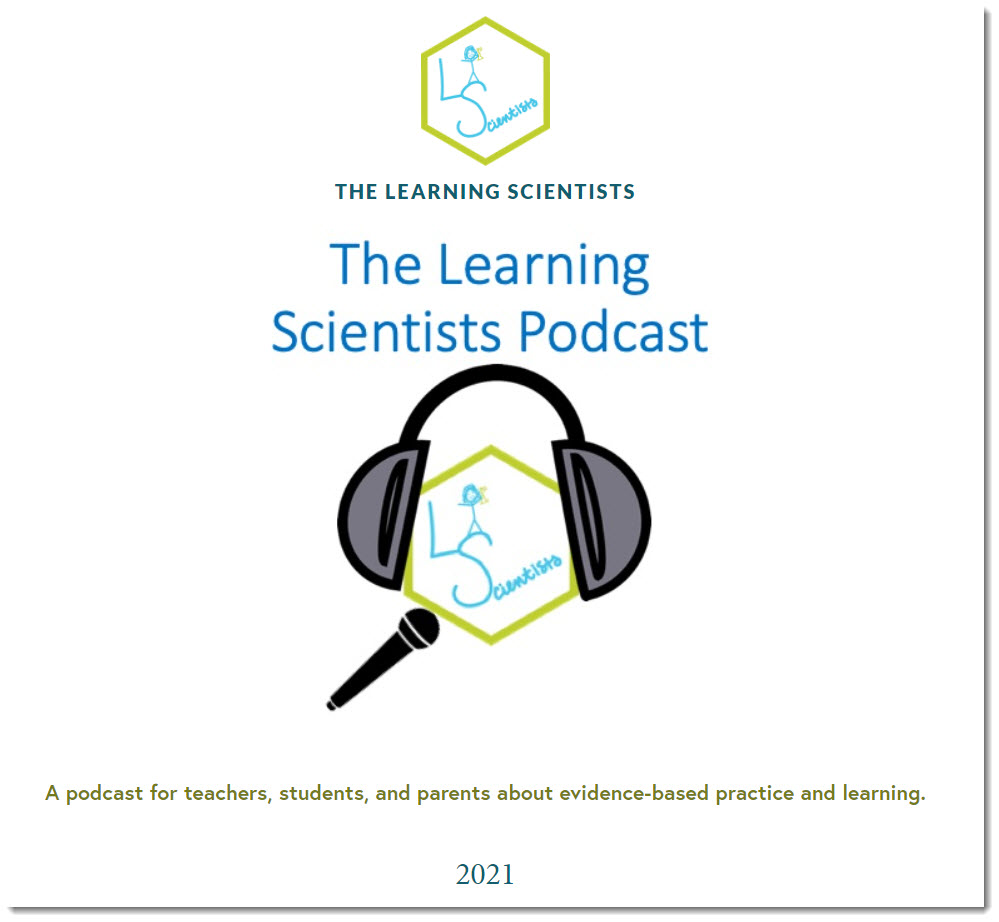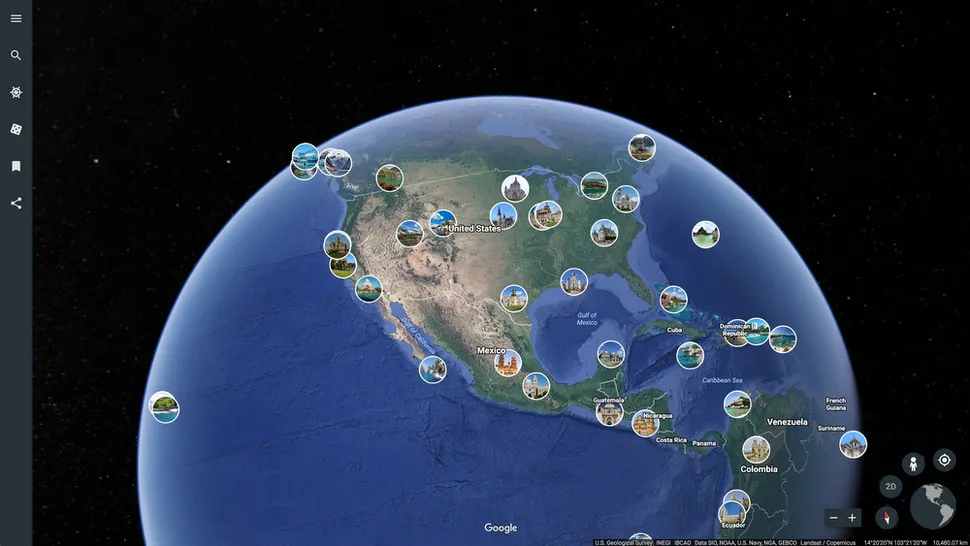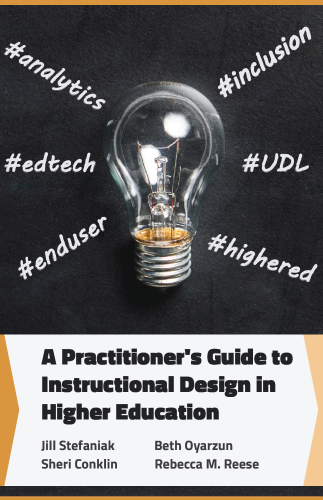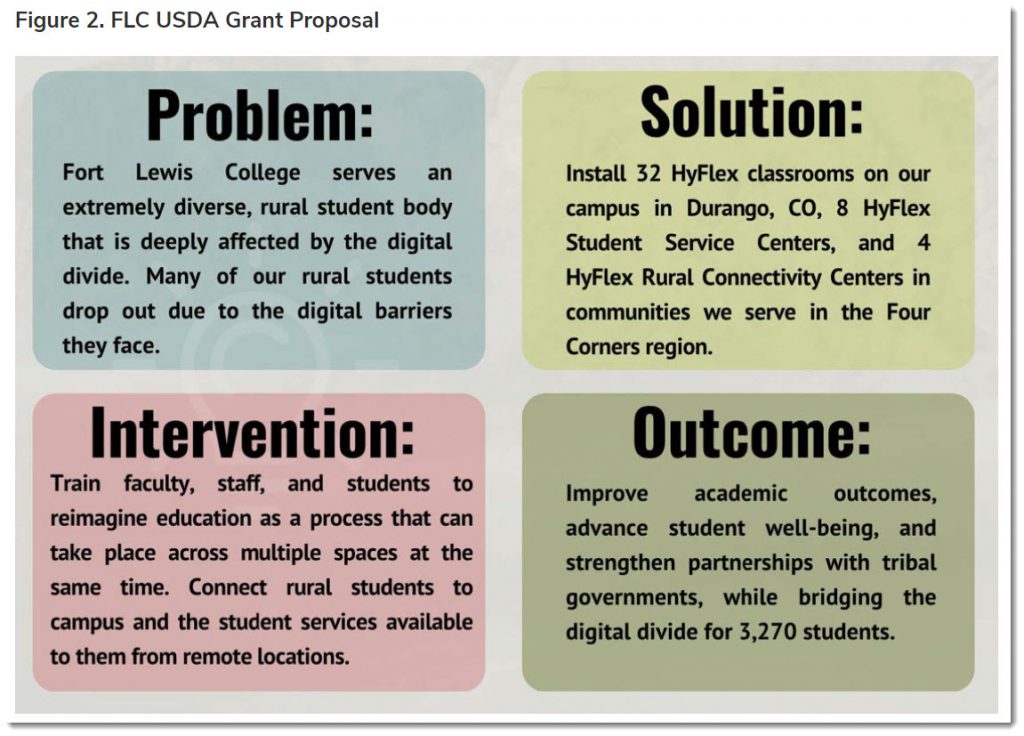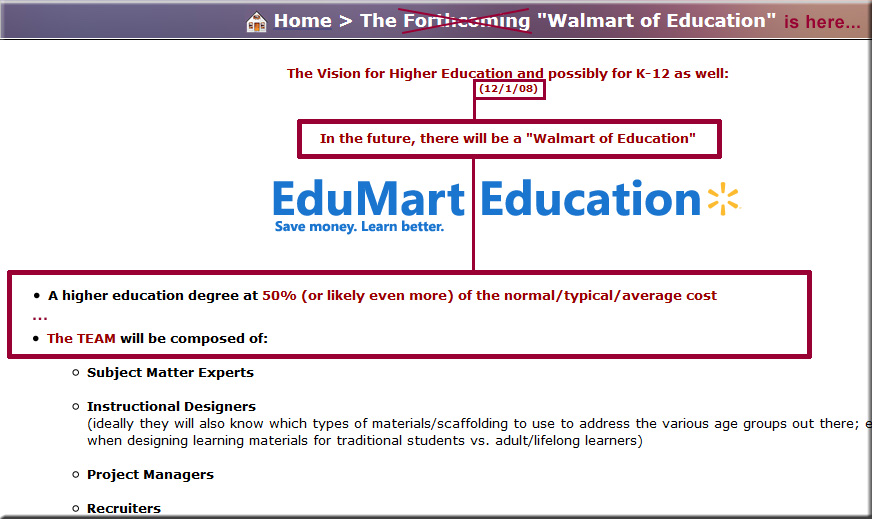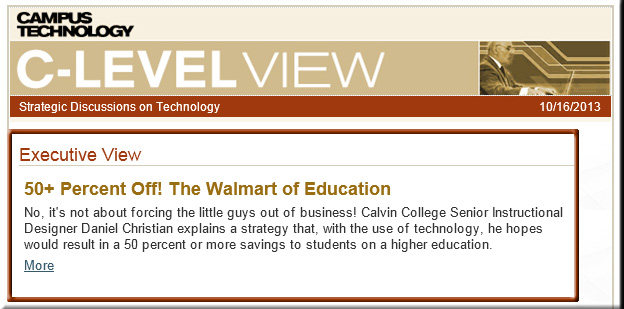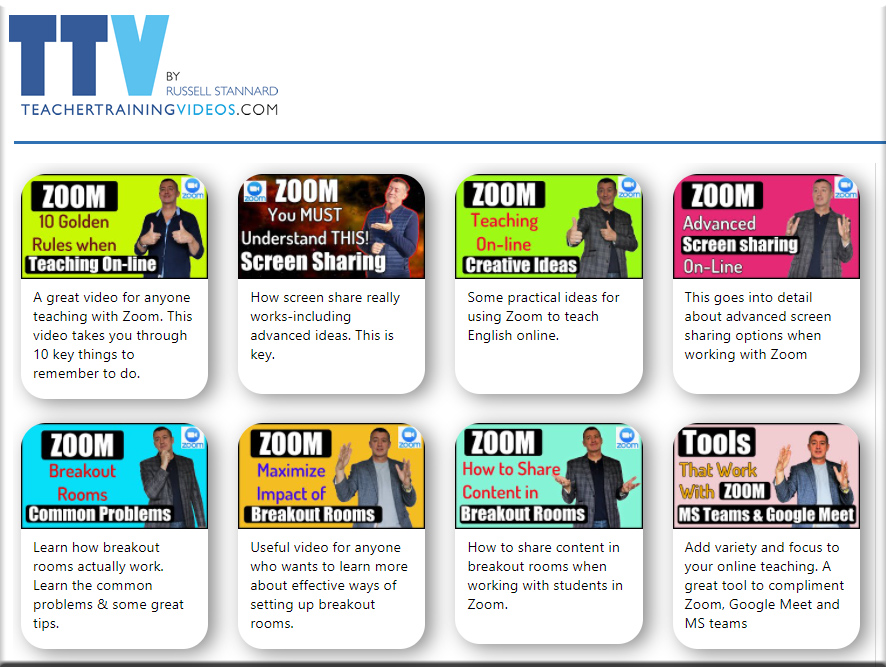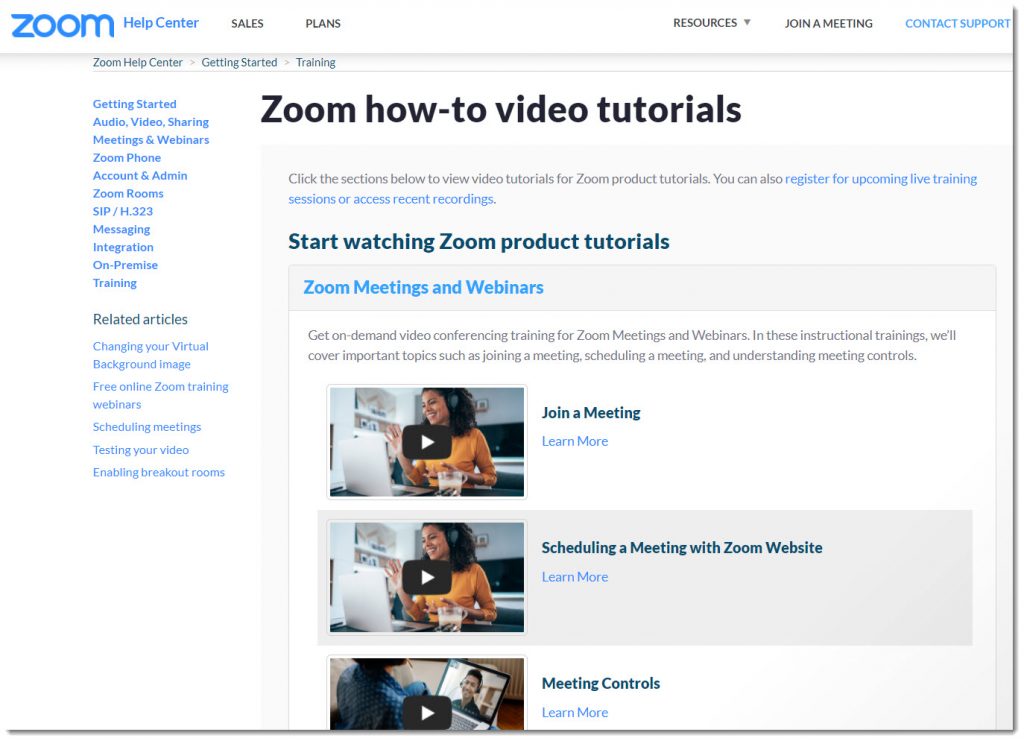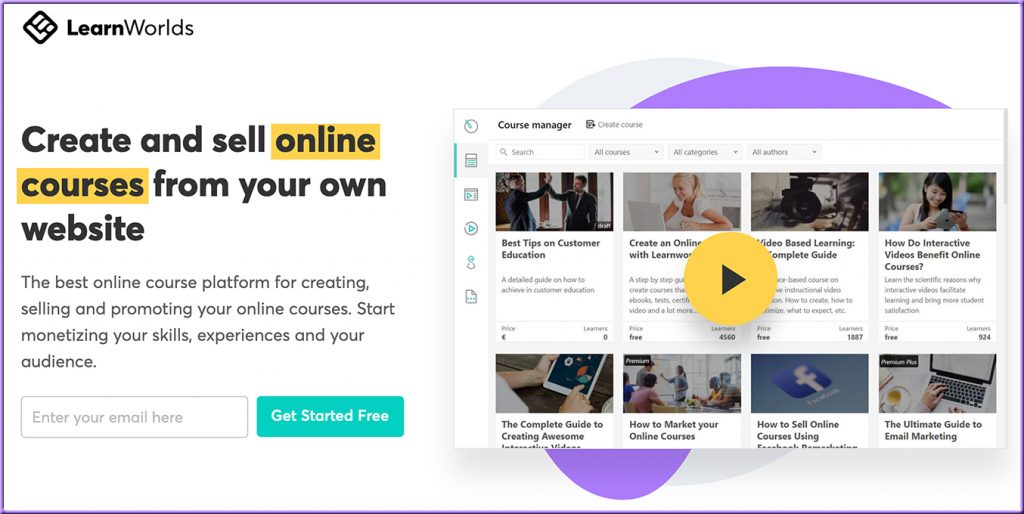Zoom product updates showcase the art of the possible for hybrid work — from diginomica.com by Derek du Preez
Zoom’s annual conference – Zoomtopia – kicked off with a number of impressive product updates that highlight how we should be thinking about the future of hybrid work.
Excerpt:
Zoom CEO Eric Yuan kicked off the collaboration vendor’s annual conference – Zoomtopia – with a swathe of product updates that effectively showcase how we should be thinking about the future of hybrid work.
…
What’s clear is that Zoom is thinking well beyond its video call roots and is creating a platform that’s an effective place for people to get work done. Upcoming integrations with the likes of Google Drive and Dropbox are just part of this.
Features such as being able to continuously access and collaborate on content in a meeting, whether that be chats or files, whilst also having call transcriptions instantly accessible within the Zoom client after a call is completed, and having access to Zoom Whiteboard to create visual presentations – and being able to do this wherever you are – gives you an idea of how the vendor is thinking about making remote work as seamless and productive as possible.
From DSC:
The intense competition between vendors like Zoom, Cisco, Microsoft, and others will only benefit all of us in the longer term. Here’s to innovation! Online learning may never be the same again. For that matter, learning may never be the same again.









